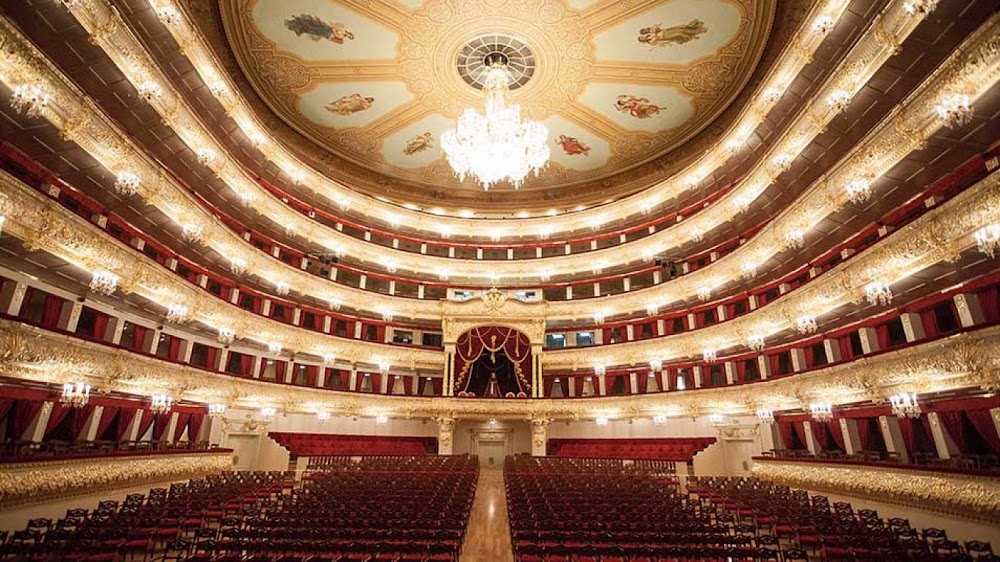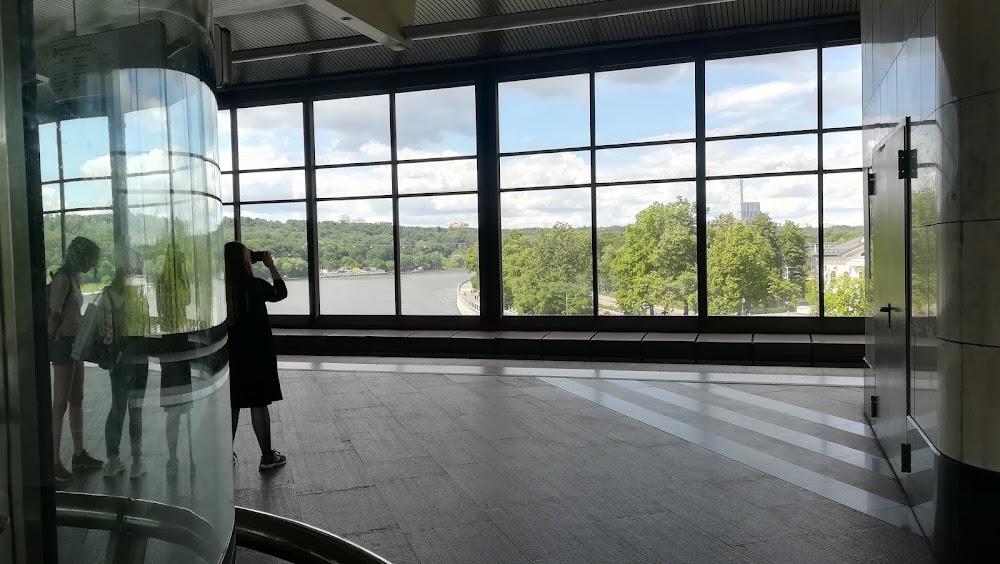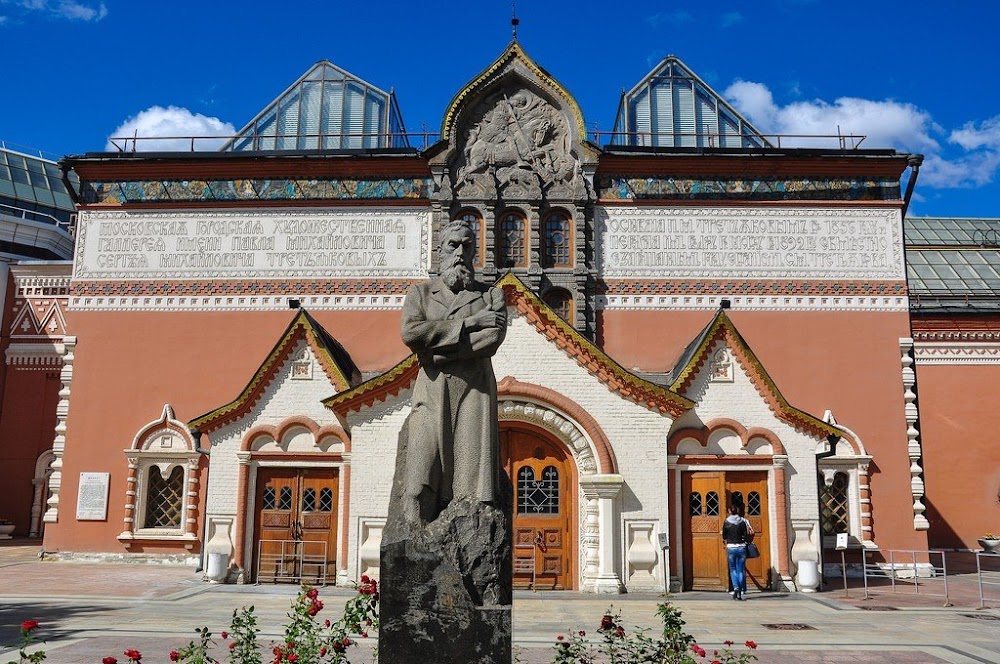The Kremlin (Московский Кремль)
Overview
The Moscow Kremlin, nestled in the vibrant heart of Moscow, Russia, is a historic fortified complex and the official residence of the President of Russia. This iconic site stands as a powerful symbol of Russian authority and has been a cornerstone of the nation’s history for centuries.
The term "Kremlin" translates to "fortress within a city," and the Moscow Kremlin is the most renowned of all Russian kremlins. Its origins trace back to the 12th century when Prince Yuri Dolgorukiy commissioned the construction of a wooden fort in 1156. Over the years, the Kremlin has undergone extensive renovations and expansions, evolving into the magnificent structure we admire today.
In the 14th century, Grand Prince Ivan Kalita initiated significant renovations, replacing the wooden walls with robust white stone to enhance its defenses against invaders. This era marked Moscow’s ascent as a vital political, economic, and cultural hub within Russia.
The Kremlin experienced its most transformative period in the late 15th century under Ivan III, also known as Ivan the Great. He spearheaded a major construction campaign to establish the Kremlin as a symbol of strength and unity for the newly unified Russian state. Skilled Italian craftsmen were brought in to design and construct the grand cathedrals and palaces, with the stunning Assumption Cathedral, completed in 1479 by architect Aristotele Fioravanti, standing out as a highlight. This cathedral became the principal church for the coronation of Russian tsars.
During this transformative period, the Kremlin was further fortified, characterized by its distinctive red brick walls and 20 towers, which remain some of its most recognizable features today. The Spasskaya Tower, built in 1491, served as the main entrance to the Kremlin and holds great historical significance.
As the 16th and 17th centuries unfolded, the Kremlin continued to be at the center of Russian politics and culture. Ivan the Terrible contributed to its grandeur with the addition of the Ivan the Great Bell Tower, completed in 1600, which was the tallest structure in Russia at that time.
Although the capital moved to St. Petersburg in 1712 during Peter the Great’s reign, diminishing the Kremlin's role as the political epicenter, it remained an essential ceremonial site, meticulously preserved over the years.
The 19th century brought a wave of restorations aimed at conserving its historic structures, including the construction of the Grand Kremlin Palace between 1837 and 1849, which served as the royal residence and a venue for state ceremonies.
The Kremlin faced significant damage during the Soviet era, particularly under Joseph Stalin, who ordered the demolition of several historical buildings to accommodate new government offices. Following the dissolution of the Soviet Union, efforts to restore and preserve the Kremlin’s historical integrity gained momentum.
Today, the Moscow Kremlin is recognized as a UNESCO World Heritage Site, drawing millions of visitors each year. It houses a variety of museums, including the Armory Chamber, which displays an exquisite collection of royal treasures, weaponry, and ceremonial regalia. Additionally, it continues to function as the official residence of the President of Russia, underscoring its lasting importance in the nation’s political landscape.
The Moscow Kremlin is more than just a fortress; it is a vibrant museum of Russian history, culture, and architecture. With its blend of medieval fortifications, Renaissance cathedrals, and grand palaces, it offers a unique and captivating glimpse into over 800 years of Russian heritage.







